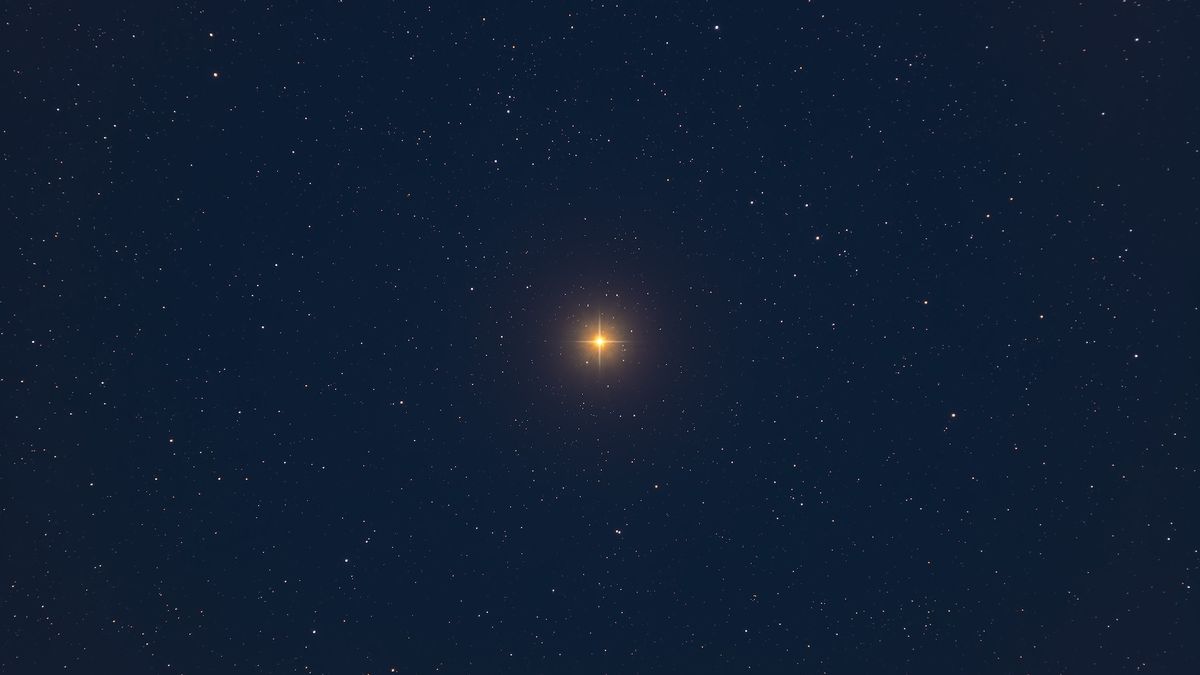Can a star rebound from the brink of death? One star managed to do just that — or so it seemed.
In early 2019, the red supergiant Betelgeuse experienced a dimming phenomenon. Some experts speculated that this dimming was a sign that Betelgeuse was approaching its end, potentially on the verge of going supernova.
However, astronomers have now confirmed that this speculation was erroneous. Recently released images from the European Southern Observatory (ESO) clearly reveal that Betelgeuse returned to its normal state after the event.
Related: Is the enigmatic star Betelgeuse actually going to explode during our lifetime?
This collection of images is the result of extensive photography conducted by a team from the Université Côte d’Azur in France. They captured high-resolution pictures of Betelgeuse over a span of two years, from December 2018 to December 2020. Utilizing the MATISSE (Multi Aperture mid-Infrared Spectroscopic Experiment) instrument installed on the Very Large Telescope Interferometer at the European Southern Observatory located in Chile, these astronomers were able to observe the star before, during, and after the dimming event.
Although the overall appearance of the star appeared darker, Betelgeuse’s photosphere seemed to actually brighten during this time. The astronomers from the Université Côte d’Azur propose a theory, which is supported by their observations, suggesting that Betelgeuse’s dimming was caused by a burst of silicon monoxide dust expelled from the star. This burst could potentially be linked to a sudden cooling of the star’s surface.
“The changes in the structure of the photosphere and the presence of silicon monoxide support the notion of a cold spot forming on the star’s surface and the ejection of a dust cloud,” states the official statement.
If this theory holds true, it would also be consistent with the findings of a study conducted in 2021, which suggested that Betelgeuse expelled a gas bubble. Observing the star at that time, astronomers had concluded that the gas eruption was triggered by a sudden drop in temperature. According to this study, the rapid cooling would have caused some of the gas to solidify into dust particles. These dust particles would disperse and create a veil, resulting in the dimming of the star from our perspective. Therefore, the MATISSE images further support this theory and demonstrate that dust, which plays a role in the formation of newborn star systems, can form in close proximity to stars.
Nevertheless, supergiants like Betelgeuse, in the later stages of their existence, continue to perplex astronomers with many unresolved mysteries. Even if another star within our galaxy is on the brink of going supernova, astronomers, who have not witnessed such an event since the 17th century, are uncertain about what to anticipate.
A research paper analyzing the MATISSE images depicting the significant dimming of Betelgeuse was published in the September 2023 edition of the journal “Monthly Notices of the Royal Astronomical Society: Letters.”


